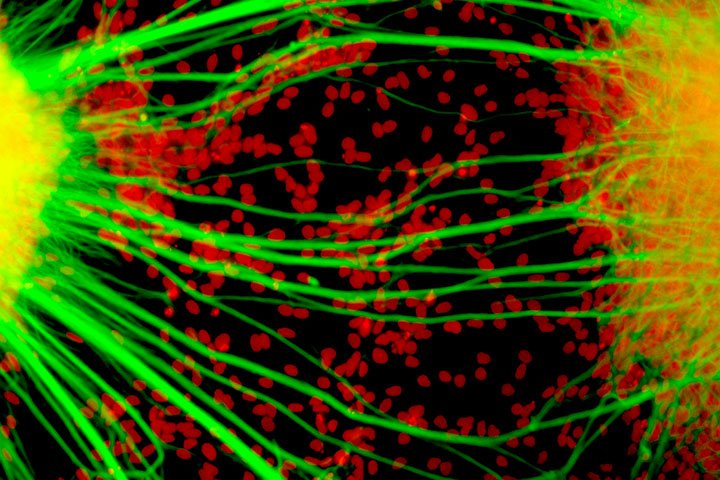Module 5 | Directed Differentiation and Transdifferentiation
Introduction and Learning Objectives:
Building on basic developmental biology knowledge, students will delve more deeply into how cells differentiate, both in vivo (during development and in the adult) and in vitro. Students will be introduced to different in vitro differentiation strategies with specific examples. Specifically, students will learn about directed differentiation by signaling molecules and direct programming by genetic means. This module will also explore using directed differentiation in regenerative medicine and the application of techniques such as organoids, chimeras, and drug screening. The examples will also convey different strategies for benchmarking differentiation success.
At the conclusion of this module, students should be able to:
describe different types of adult stem cells and how they were experimentally identified;
Define differentiation and programming;
Compare and contrast specification, commitment, and differentiation;
Define a cell progenitor;
Understand differentiation trajectories in vivo and in vitro;
Extrapolate developmental biology concepts to stem cell differentiation in vitro;
Compare differentiation strategies;
Critique differentiation outcomes;
Evaluate whether in vitro cell differentiation is comparable to in vivo counterparts.
Core Concepts
1. In vivo differentiation
2. Specification during development
3. Specification in adults
4. In vitro differentiation
5. Transdifferentiation and direct programming
Module 1 | Introduction to Stem Cell Biology
Module 2 | Introduction to Development
Module 3 | Pluripotency and Preprogramming in vitro
Module 4 | Adult Stem Cells and Regeneration
Module 5 | Directed Differentiation and Transdifferentitation
Module 6 | Leveraging Tools to Study Stem Cell Biology

